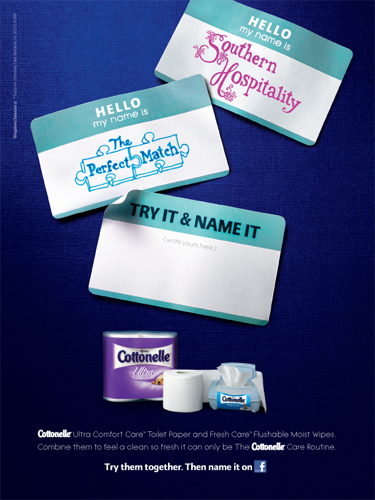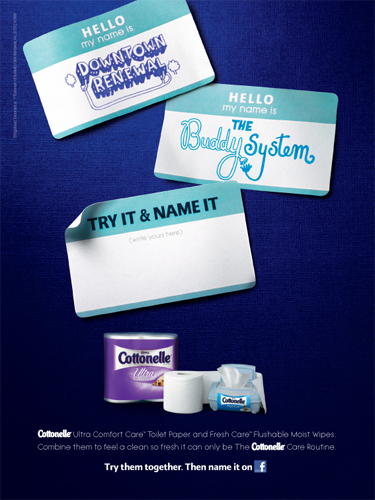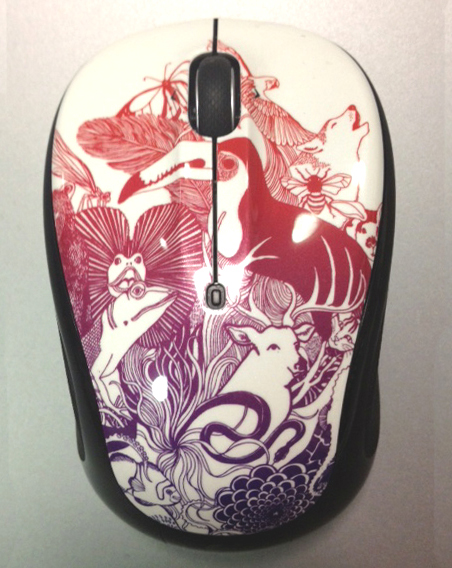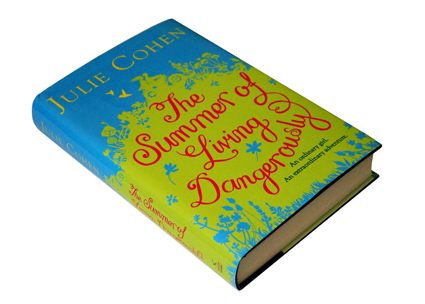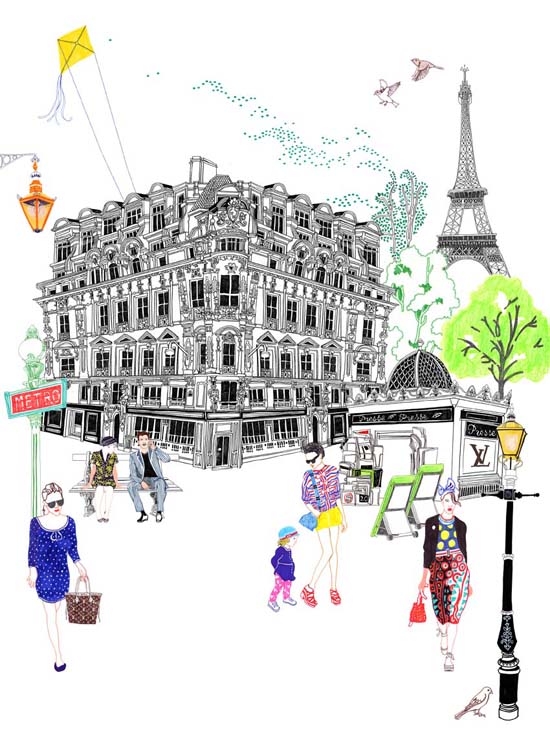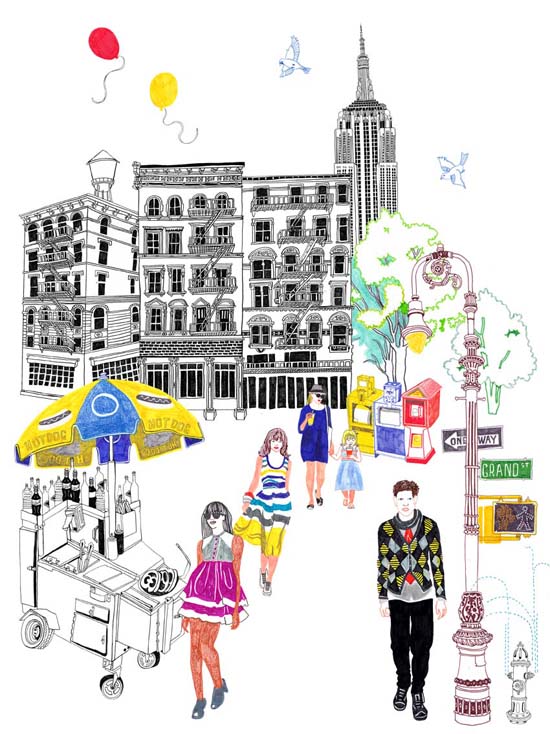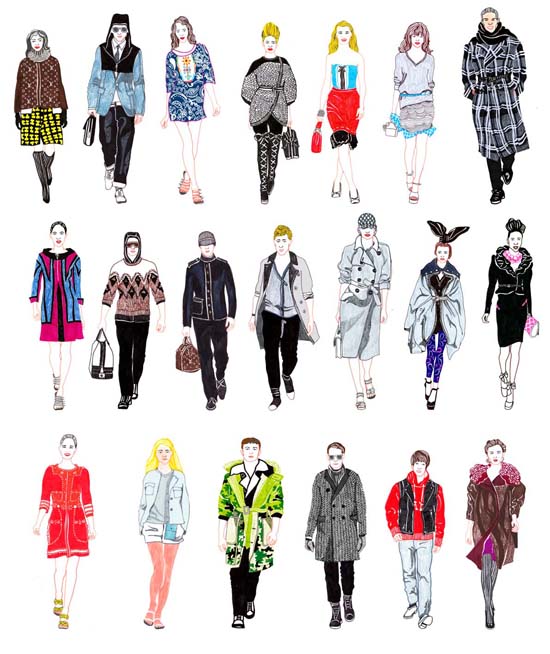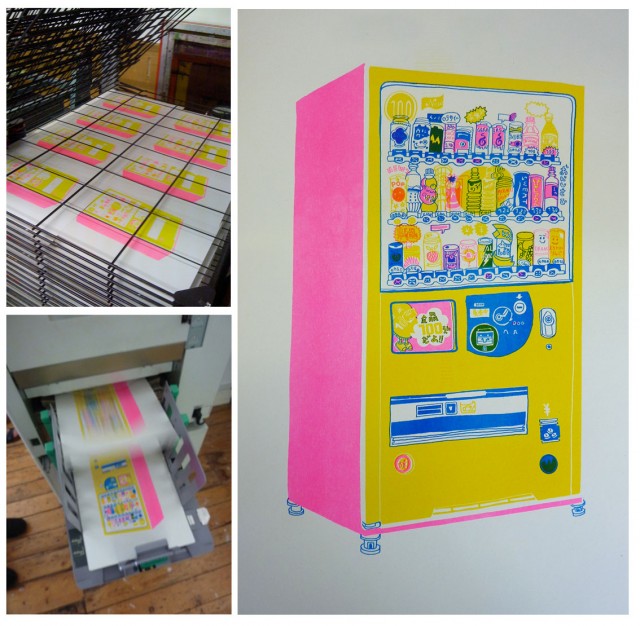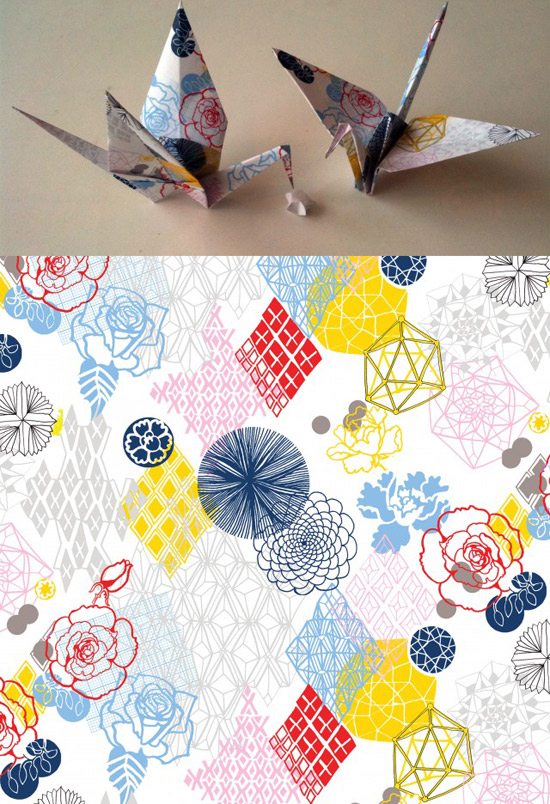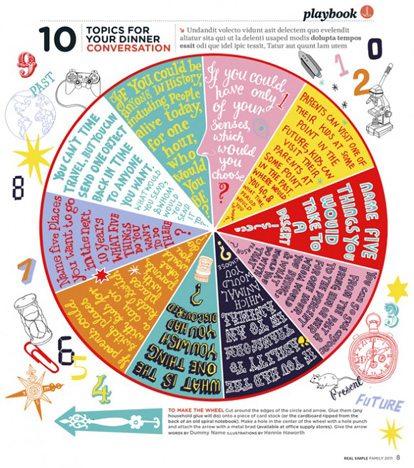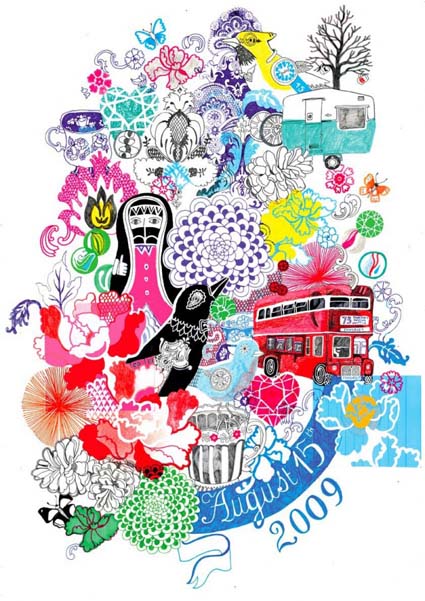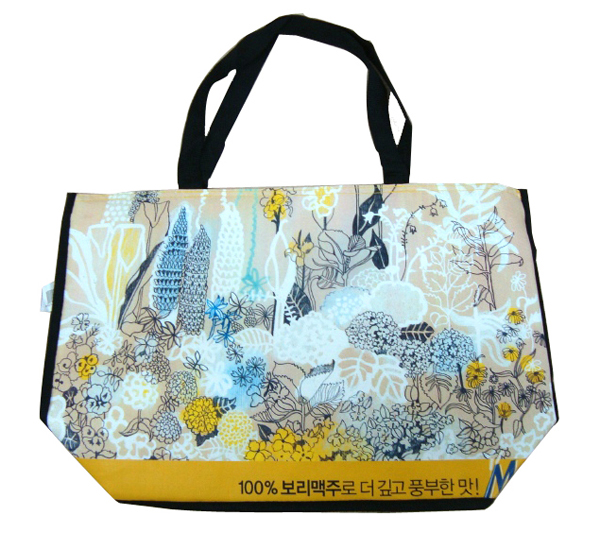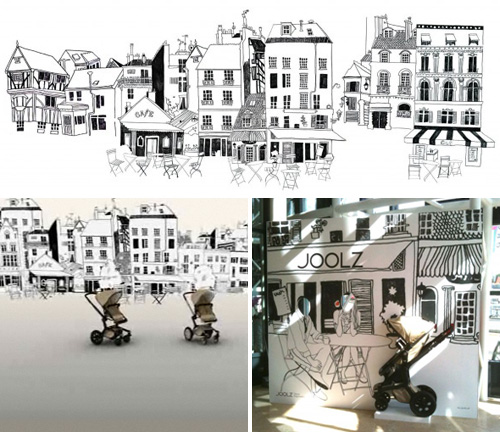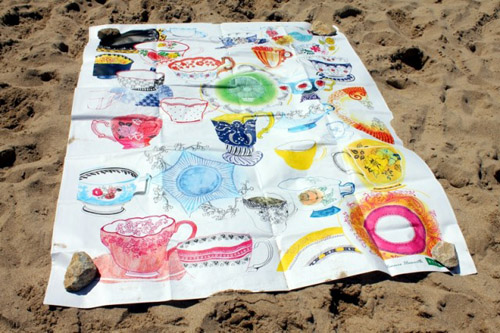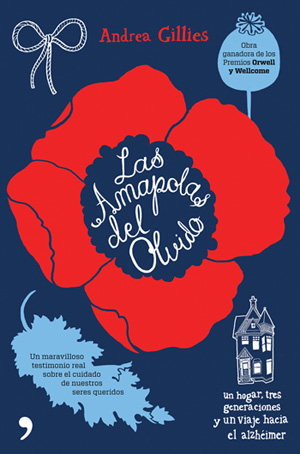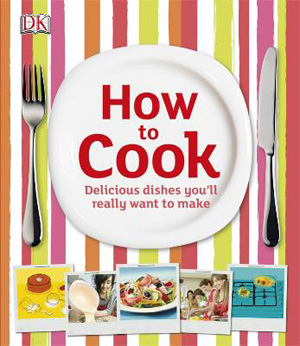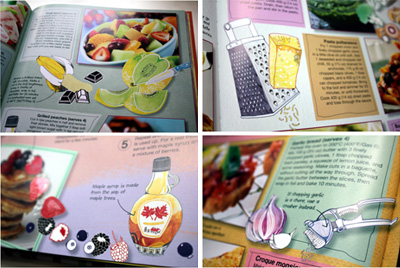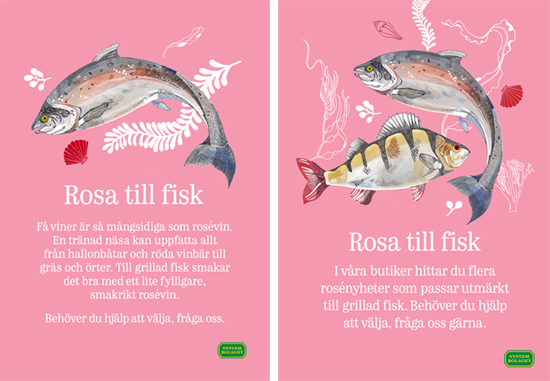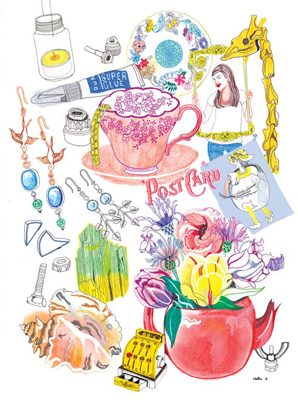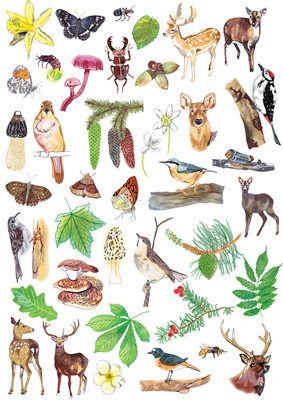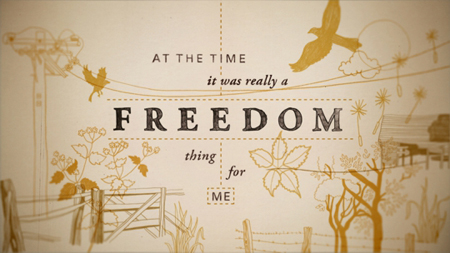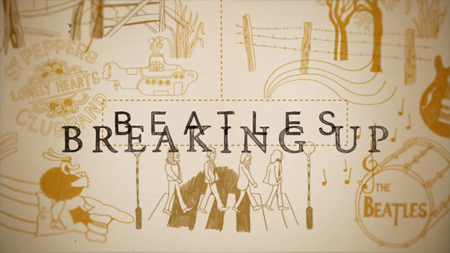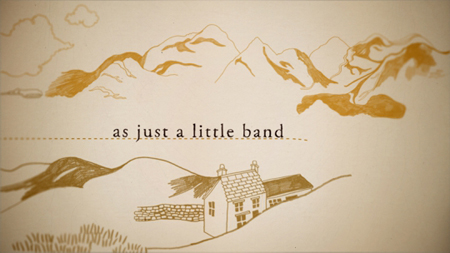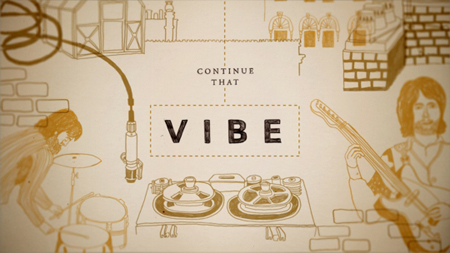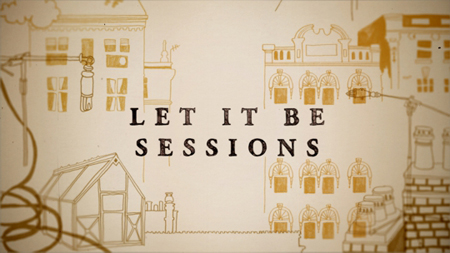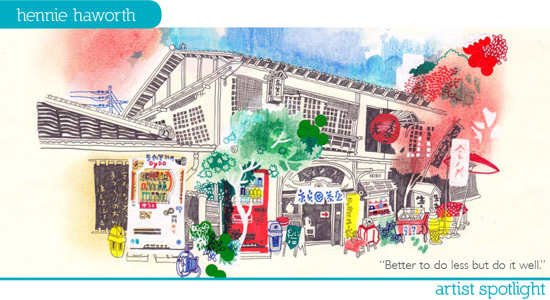
Intricately drawn details and a light, mixed-media aesthetic are what make Hennie Haworth's work engaging, eccentric, and inventive. Hennie's hand-drawn lines give her work a charmingly irregularity, while her judicious use of decorative elements imbue her art with a sense of whimsy. Whether it's a Tokyo street or a Parisian boulevard, Hennie's eye for color, texture, and architectural detail lends a rich and intricate character to her scenes and cityscapes. Her handlettering has a similarly lavish quality, with letters swooping into languid patterns that are at times loose and naive, and at other times delicate and sophisticated.
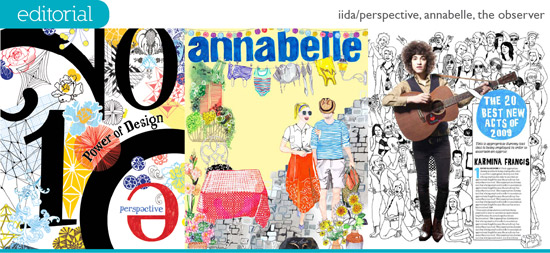
Hennie's work has appeared in books, newspapers, magazines, ad campaigns, packaging, on products and more. She has worked with clients as diverse as Bloomberg Business Week, Penguin Books, BBDO (South Africa), Samsonite (Japan), and Urban Outfitters (UK). Hennie's work has also been honored by the Society of Illustrators in New York.
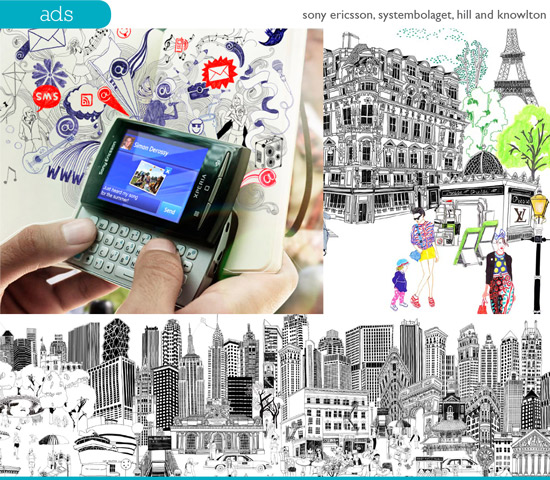
Her latest project has been a series of illustrations for the partnership between Marc Jacobs and Louis Vuitton. Hennie's artwork features stylish 'head to toe' portraits set in the fashion capitals of New York and Paris. The illustrations were integrated into Marc Jacobs's profile on the Louis Vuitton website.
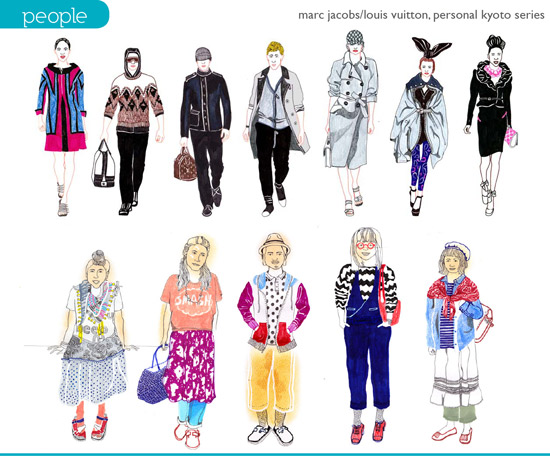
Currently based in East London, Hennie loves the city but has also been influenced by her travels through Japan. Her series of Tokyo vending machines captures the condensed spaces and unique color schemes of urban Japan. She has worked on a number of creative collaborations with Japanese companies and organizations. In 2011, Hennie participated in a project called 'One Thousand Cranes' for Japan. She contributed patterned designs to the organization, which used the origami theme to benefit the Japan Earthquake and Tsunami Relief Fund. The project draws upon the Japanese belief that folding one thousand cranes will allow you to make one wish come true.
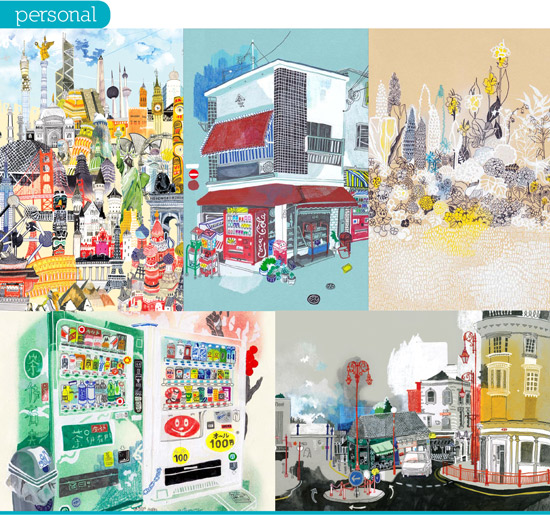
A series of Japanese vending machines and portraits of Kyoto people are two personal projects that sprang from Hennie's travels through Japan in 2010. Hennie believes that "personal projects are very important and are often the work you're most proud of." She uses personal projects as a way of developing her skill set and experimenting with new techniques. Her portraits of Kyoto's citizens explores fashion through the lens of Japanese youth culture. As Hennie meticulously details her subjects' patterned tights and bunched up sweaters, she demonstrates her eye for detail. Hennie's fascination with detail is one of her biggest strengths, but it also means that sometimes she tells herself that "it's better to do less but do it well." When working, Hennie always tries to balance the depth of detail with the charm of simplicity.
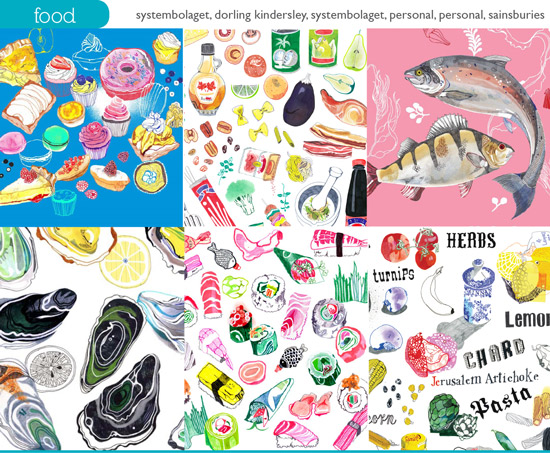
Clients from a growing list of countries have assigned work to Hennie, from South Korea to Sweden to China, the UK, Germany, Japan, South Africa, and Italy. She has worked with South Korea's Hyundai Department Stores, and Systembolaget, a Swedish chain of wine and spirits retailers. Hennie's handlettering has also appeared on packaging for the eponymous UK supermarket chain Waitrose, which commissioned illustrations for an exclusive line of holiday treats.
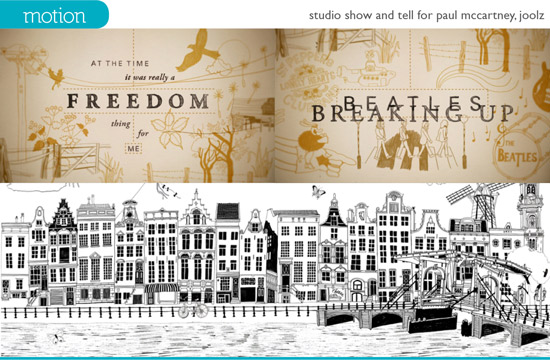
She has recently worked on motion projects, creating content for animated broadcast and online ads. Her work set the backdrop for a moving image spot by Joolz, an Amsterdam-based baby stroller company. These black and white line drawings were later reproduced as a wall mural in a Joolz retail store. Hennie's animated trailer for Paul McCartney's latest release, The Album Story, was recently featured at the London Short Festival. Produced with the help of talented Ali Assaf and Rob Tovey of the London-based Studio Show & Tell, Hennie's illustrations and handlettered titles evoke the nostalgic and melodic qualities of McCartney's music.
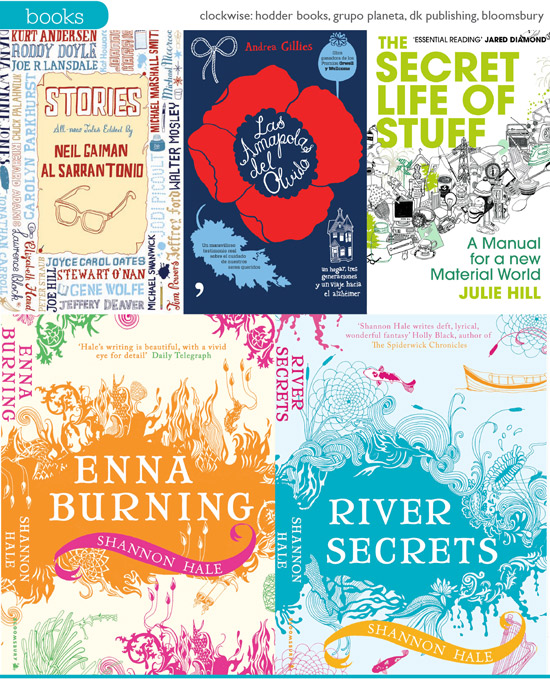
Hennie has also illustrated several book covers, including Michael Pollan's In Defense of Food (Penguin), Julie Cohen's The Summer of Living Dangerously (Headline Review), Alberto Ferrars's B as in Beauty (Random House), Karen Phillips's The Truth About My Name (Klutz), Andrea Gillies's Las Amapolas del Olvido (Grupo Planeta), and How to Cook: Delicious Dishes You'll Really Want to Make (Dorling Kinsey). Hennie's cover for Klutz's The Truth About My Name features dozens of handlettered names, stylized to resemble the names scribbled into schoolgirl notebooks. The book includes a variety of games and quizzes that help girls find the hidden meanings behind their first names. Her series of covers for Shannon Hale's Books of Bayern series (Bloomsbury) feature decorative elements that evoke the aquatic and the fiery elements of each plotline. The Goose Girl, River Secrets, Book of a Thousand Days, and Enna Burning are available through Amazon and Bloomsbury.
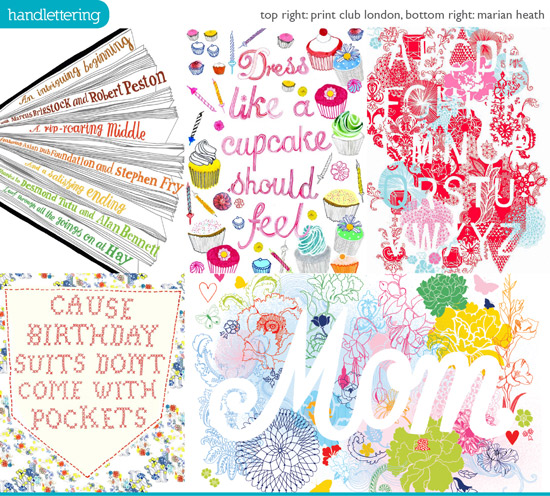
Having a dual talent for illustration and handlettering have made Hennie Haworth an invaluable collaborator for a long and diverse list of clients. To see her latest work, visit her Magnet Reps portfolio or her personal website at henniehaworth.co.uk.
Click here for downloadable items - desktop wallpapers and a high-res printable letter sized promo.
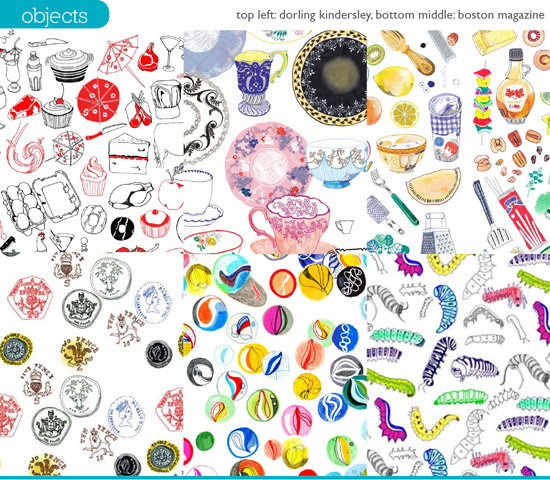
Q&A with Hennie Haworth
What do you do when you have a creative block? What are your best sources of inspiration?
I find exercise is a great way to get past it. Taking a break, getting some air, and coming back to it later with fresh eyes really helps. I'll just think about something completely different for a while, and that normally gets me going again.
I think inspiration can be everywhere you look, it's just a case of being open minded.
What are some sites you have bookmarked in your browser?
I love having a look at Print & Pattern (http://printpattern.blogspot.com/) and Design Sponge (http://www.designsponge.com/).
What's the last movie you saw and how did you like it?
Bridget Jones! But it was just on over Christmas. The last film I watched at the cinema was a Buster Keaton one called The General. It's an old silent movie, and they had someone playing the piano live along to it which was really great. It's really funny and the stunts he does are so clever - and dangerous when you think how long ago it was made, before special effects and all that stuff.
What is your biggest challenge as an illustrator?
There are lots! One thing I always have to remind myself is to keep things simple. I easily get carried away and clutter the page up if I'm not careful.
What is a typical work day like for you? How do you portion off your time?
I get up around 7 and try to go for a run. Then I come back and have breakfast, and a nice strong coffee! After that I'll reply to all my emails, and then I start work on whichever project I'm doing. I find you have to be very flexible with your time as an illustrator. I always take a break for lunch, but the time I finish always varies - sometimes late into the night.
Do you listen to music while you work? What's the best and worst type of music for getting things done?
I don't really listen to music while I work, mostly I listen to Radio 4 which is all talking. The funny thing is that when I look at my drawings I can remember all the programmes I listened to.
How has your work changed since you've become an illustrator? How do you see your work progressing in the future?
Working for other people has taught me a lot about what works and what doesn't. Having feedback from so many different art directors and designers on separate projects has been really beneficial. They'll often suggest things I'd never thought of doing and it's nice to be surprised when it all comes together.
In the future I want to make more time to do my own projects. It's always a struggle but it's really satisfying when something is all yours right through from the idea to the production.
If you could be anything besides an illustrator, what would you be?
Ooh there are lots of things, and I'm not sure how realistic a lot of them are, but I'd love to be a spy!
What is your ideal studio like?
Nice big windows and lots of friends working there too. I love being able to stop work for a break and catch up on all the studio gossip over a cup of tea!
What is one tip you have for other creative professionals?
Make sure you're happy with how things are going - never get trapped into feeling like you're stuck doing things you're not interested in.
You studied illustration at Brighton University. How did a formal arts education shape your style and method of working?
I'm not sure. I guess I didn't really know that illustration was something you could do professionally, when I started at Brighton - I just liked drawing. It was only while I was there that I saw what people did and realized I could too. So maybe I'd just be still doing it as a hobby.
What's the best way to continue improving your skills as an illustrator? (Sketching, interacting with other artists, etc.)
All of that, and lots more. I wouldn't know what the best way was, but there are certainly lots of good ways. Those two that you've mentioned, as well as trying new things, learning about all the things your materials can do - including the computer, listen to other people's advice and try it out. I just try to make sure that I always look for what I find interesting; I think that helps me develop and not get stuck in any one way of working.
You currently live and work in London. Is the big city conducive to your creative process? What's the difference between working in London and working in Brighton?
Living in London has certainly made me aware of how much amazing work is being done all the time by so many brilliant people. Both types places have their good and bad points. Brighton is much smaller so it's easier to feel like you're part of a community which can be very supportive, but London has so much more diversity and things happen much quicker. A bit of both would be nice!
A genie grants you three wishes. What do you wish for?
1. A brand new computer with a HUGE screen.
2. A studio in New York overlooking a nice park.
3. An illustration project that needed me to travel the world.





